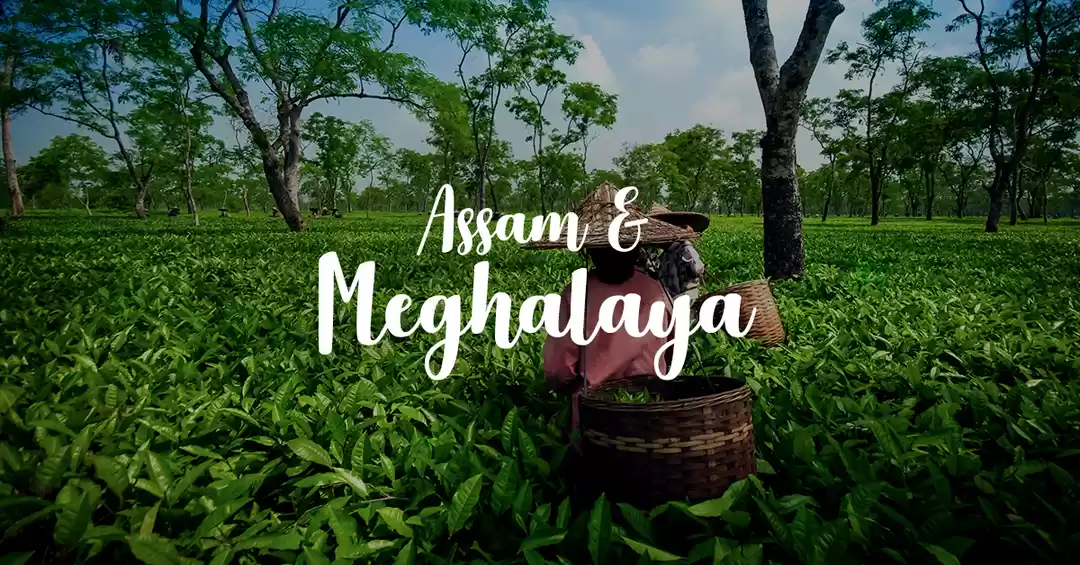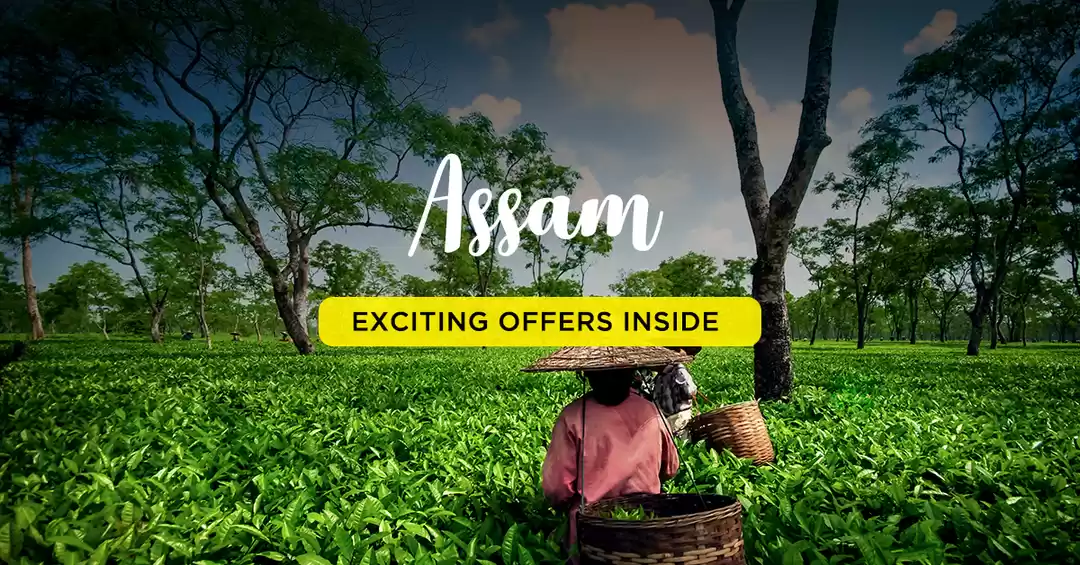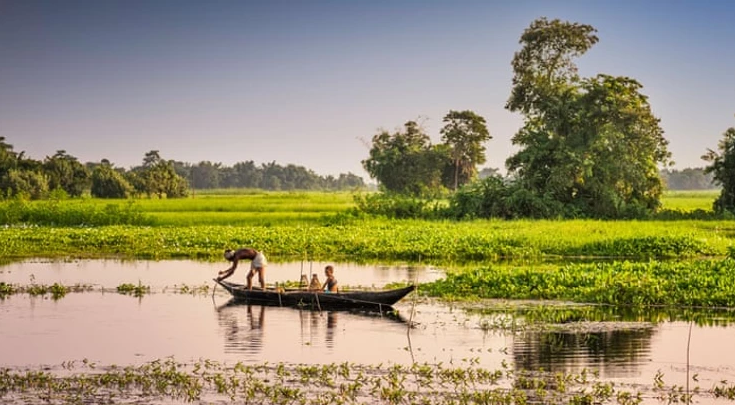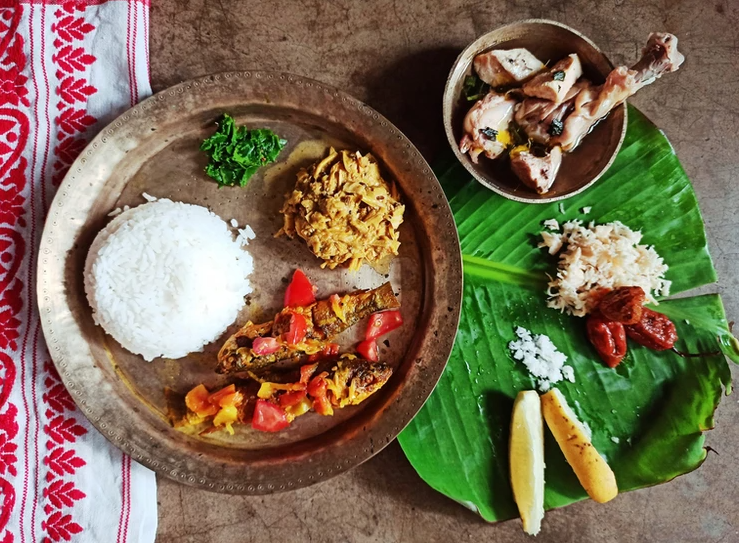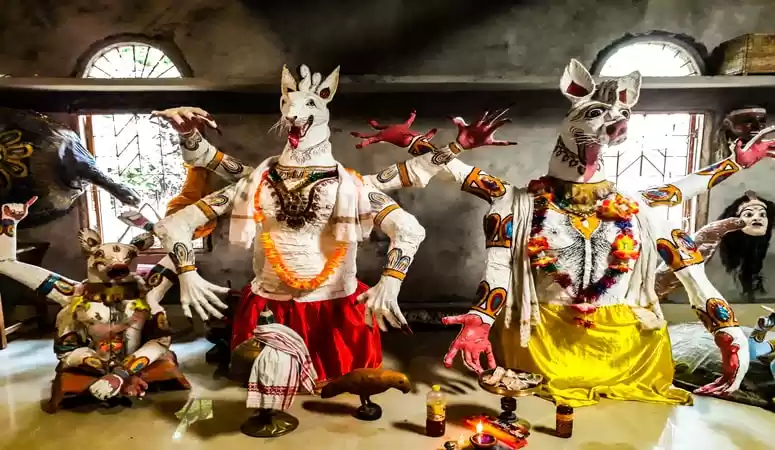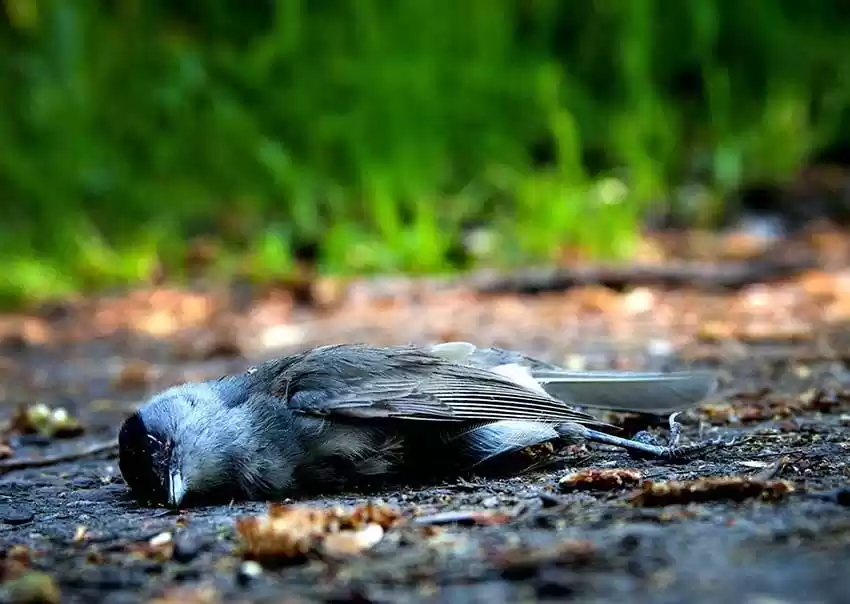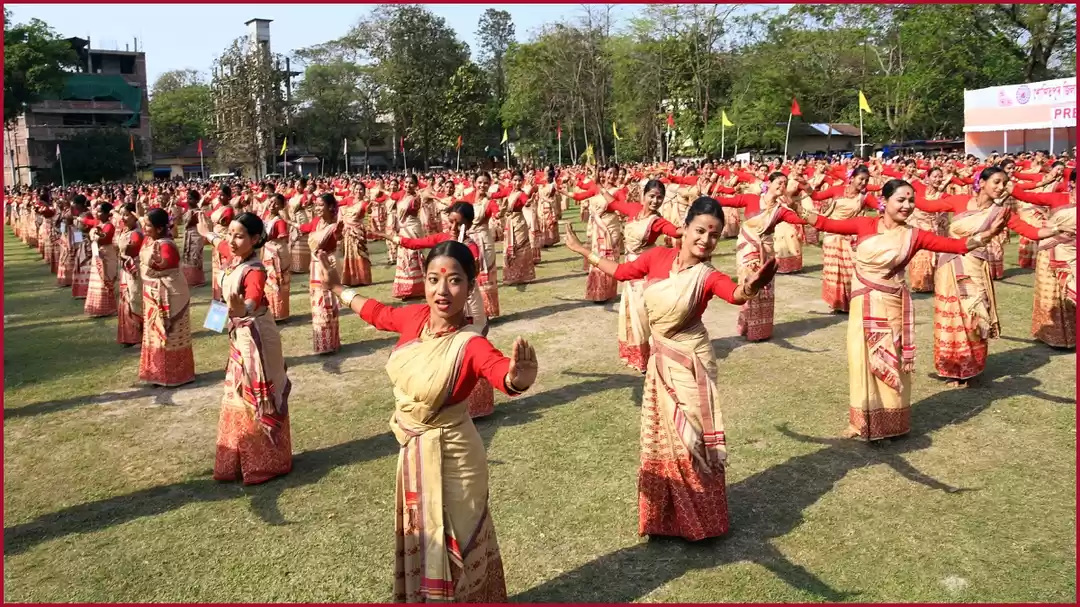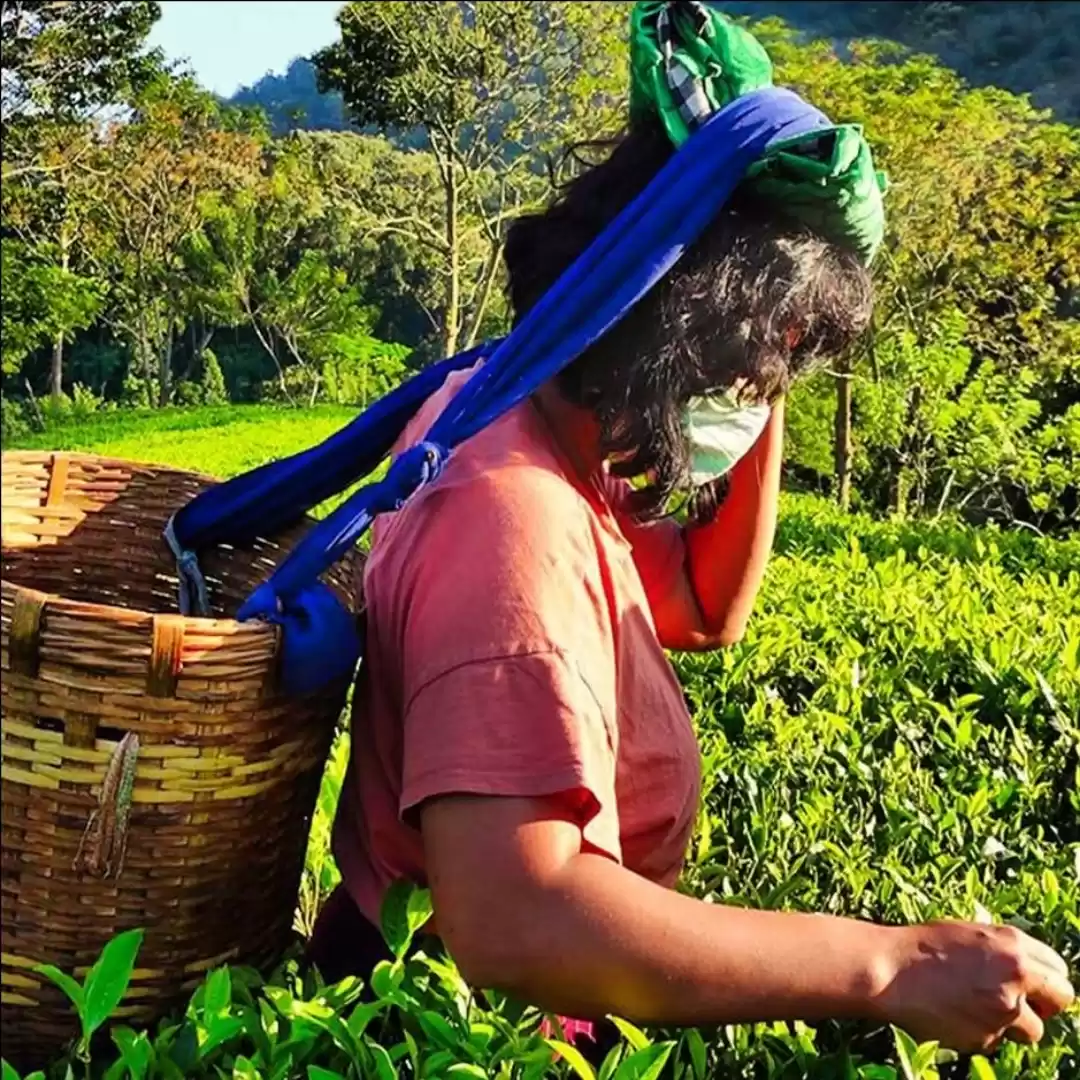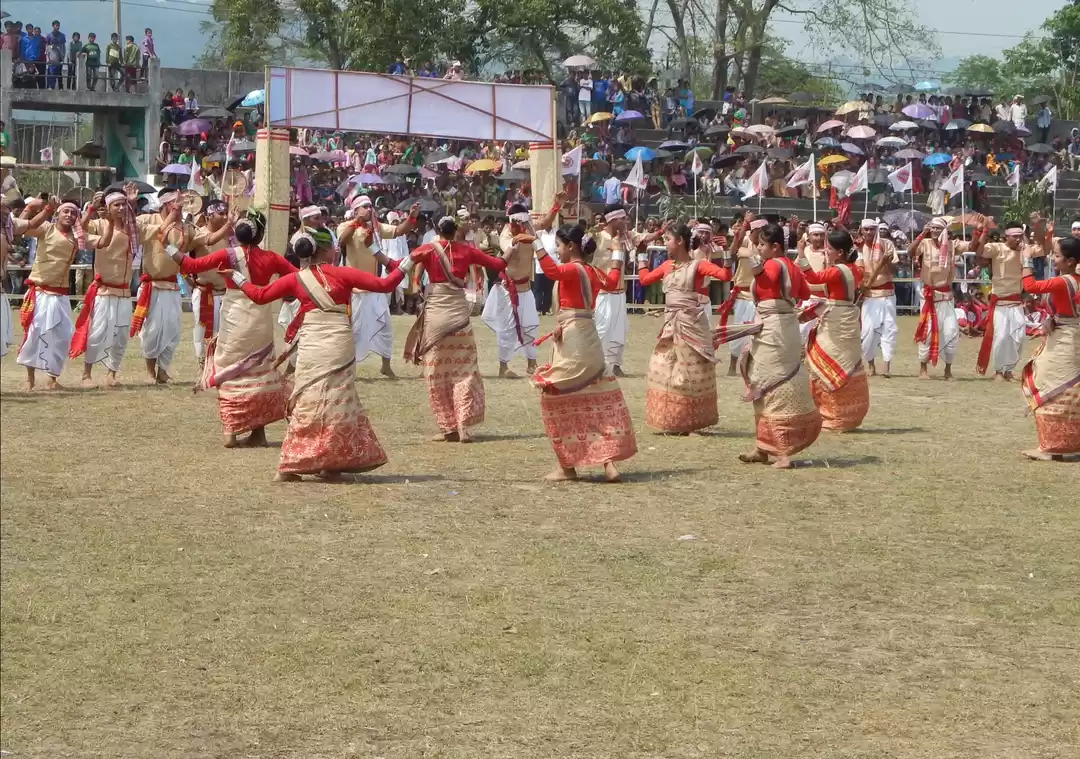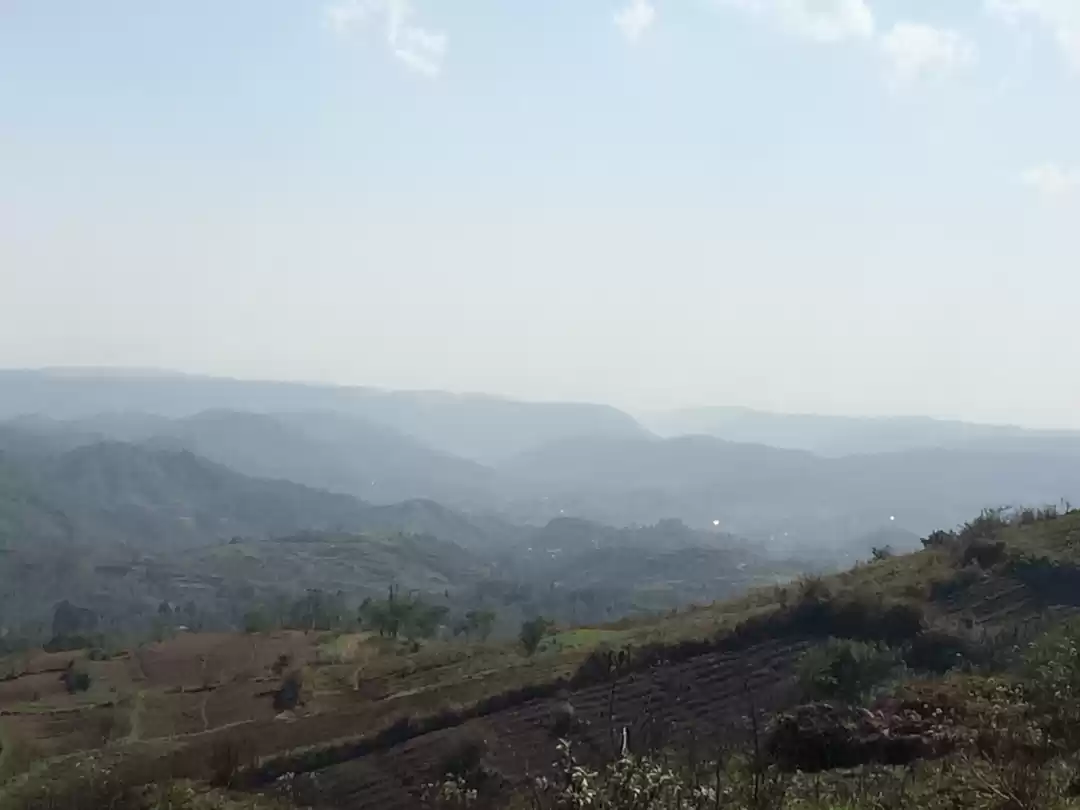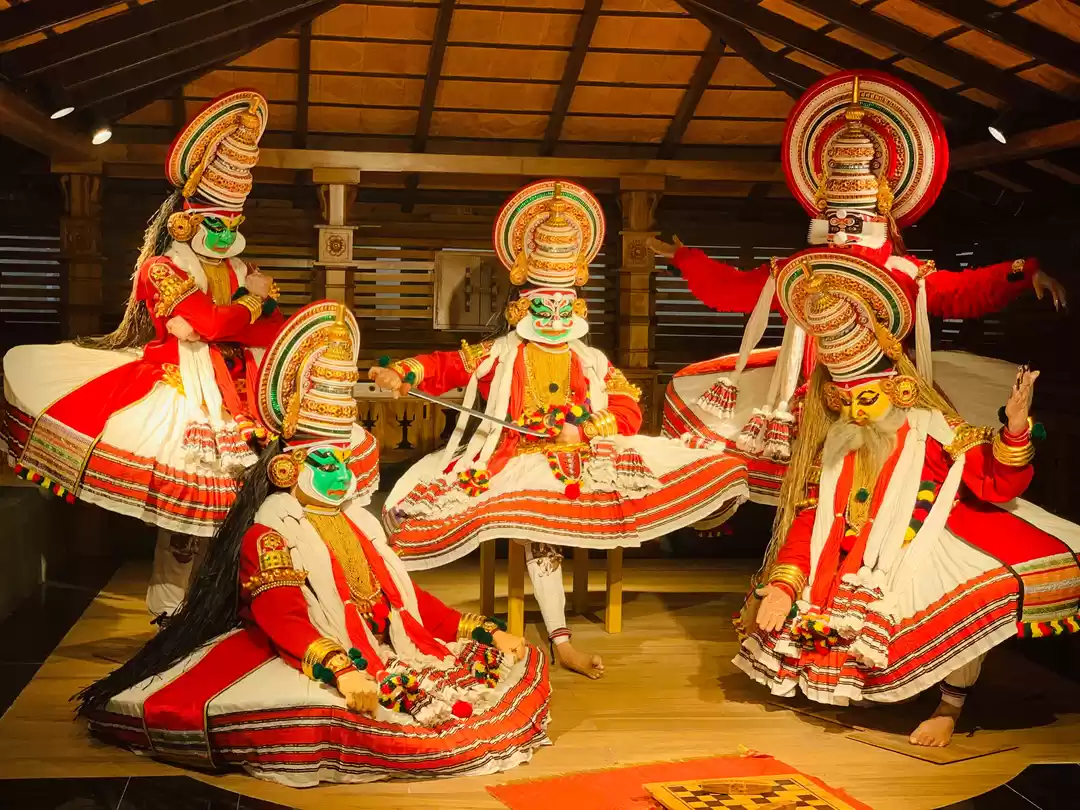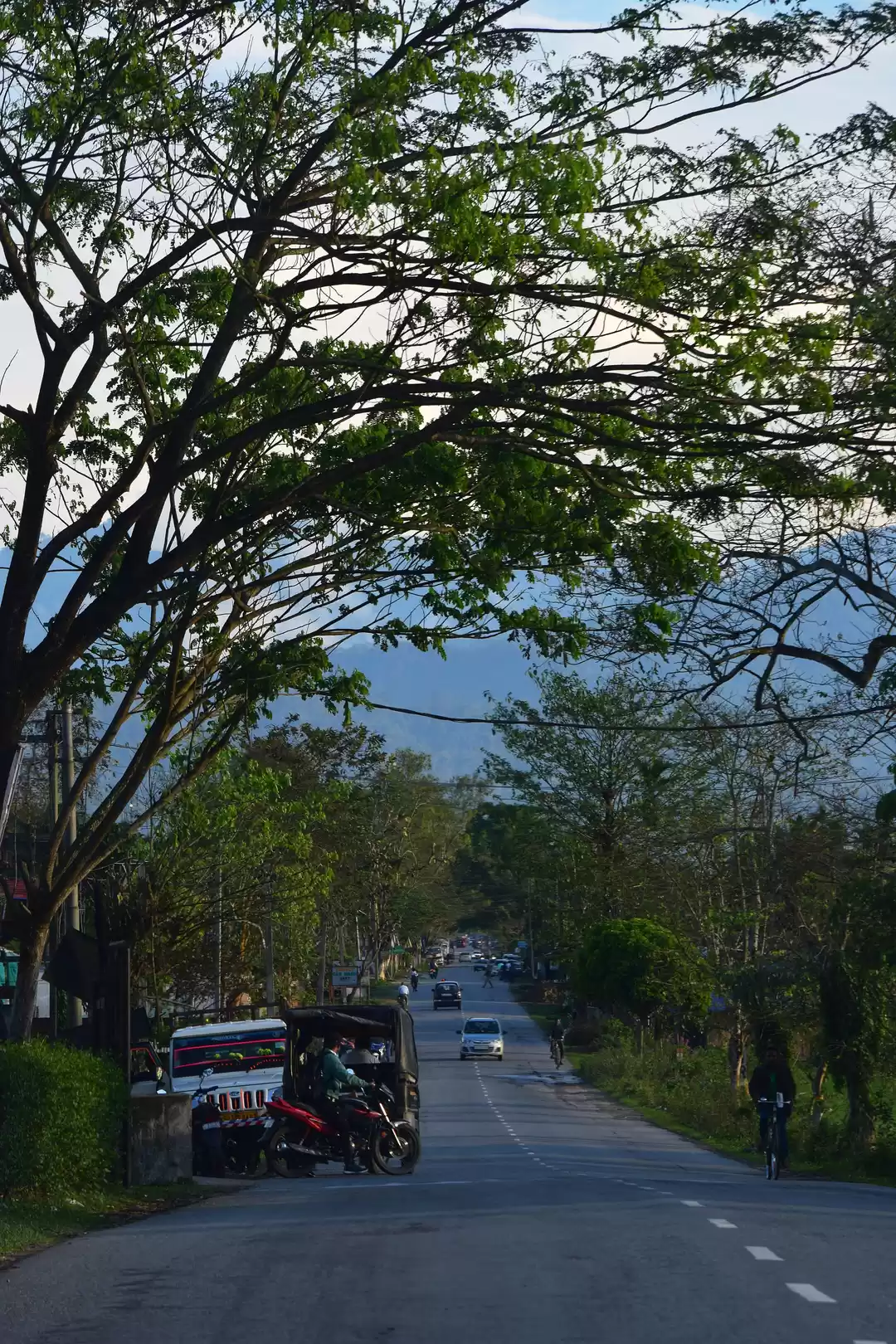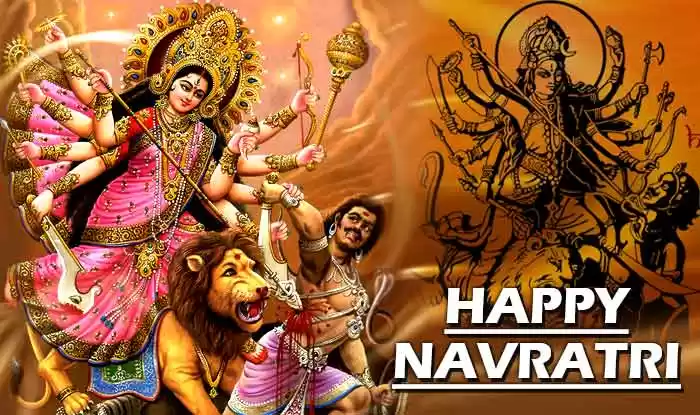
When visiting a new place, almost every traveller seeks to learn a bit of its the history, the culture, the customs, in the limited timeframe available. Palaces, castles, museums, religious houses allow us an insight into these various aspects that represent a place, region or country.
One very significant, unique and enjoyable attraction that can bring us to understand a country’s culture and customs is its folk / traditional dance forms.
I am from a beautiful part of India, the north-east; more specifically, from Assam. And what better representation of Assam than one of the many dance-forms, the 'Bihu' dance. In its many adaptations, this globally recognised folk / traditional dance is lively and energetic and, a true reflection of the Assamese society and culture. Attired in vibrant traditional costumes and jewellery; men, women and children dance to the beat of the various accompanying instruments to usher in the Spring (Bohag) season. The beginning of this season, considered traditionally as the Assamese New Year, is marked by the Rongali Bihu, a festive celebration unique to the state of Assam. This traditional Bihu dance makes its presence felt throughout the seven days of this festival accompanied by the dhol, pepa, taal, toka, xutuli, gogona and baanhi (various traditional instruments like a barrel-shaped drum, horn-pipe, clash cymbals etc.), which are integral to this dance form.
A trip to Assam can never be complete without witnessing this brisk, rhythmic dance form. To be part of the Rongali Bihu celebrations, you need to plan your trip to Assam in the month of April, more specifically mid-April. Please don’t fret if you fail to be there during that time of the year. There are many travel groups that include Bihu dance in their itineraries and can also, arrange for one at s






